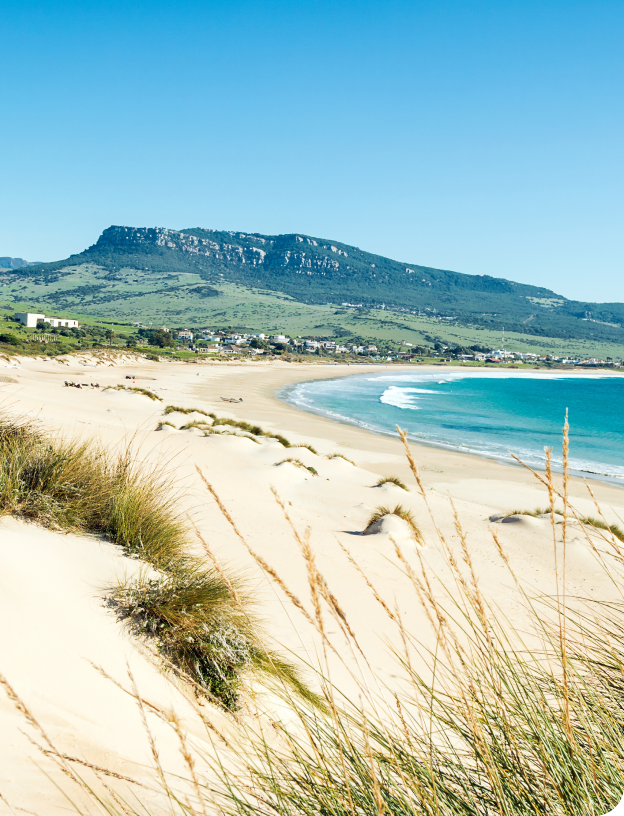Current
No shoreline modification foreseen
No resilient plan for climate adaptation and/or C sequestration and/or for biodiversity support and/or other
No resilient plan for climate adaptation and/or C sequestration and/or for biodiversity support and/or other

